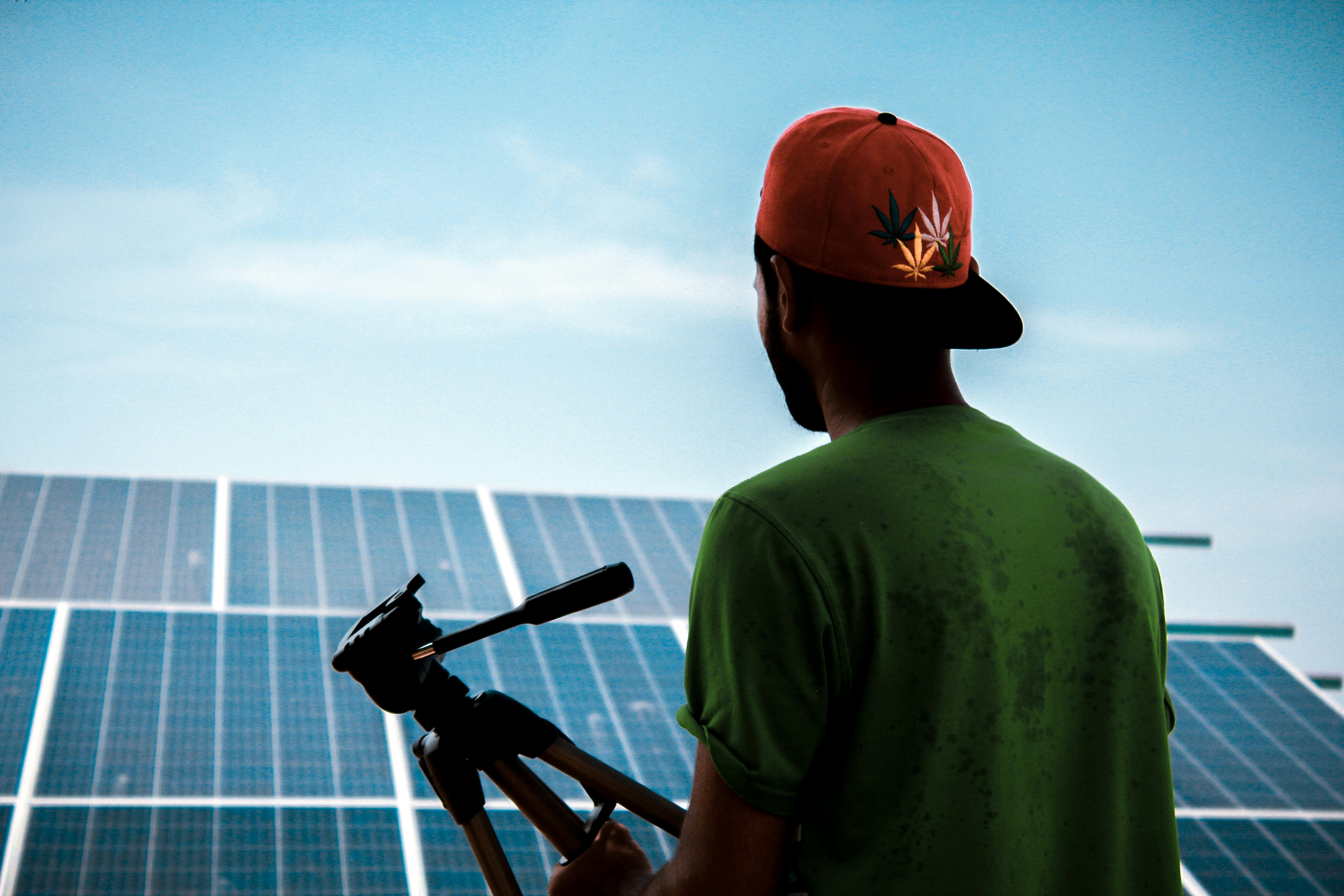Read Time : 3 Minutes
Solar Energy Equipment
What is Solar Energy Equipment?
Solar energy equipment consists of the components that make up a solar energy system. The installation of the equipment allows for the harnessing of the sun’s energy as well as its conversion into the electricity that is necessary for the home or business in question. Among the solar equipment, we also find several of the key components, such as solar panels, inverters, and racking systems.
Solar Panels
Solar panels are the components that harness and store the energy produced by the sun. Photovoltaic solar panels (PV), are composed of silicon semiconductors, which capture energy from the sun’s rays. The process is named the photovoltaic effect. When exposed to the sun, PV solar panels produce energy in the form of a direct current charge, which can be measured in a unit of watts. You can learn more about how solar panels work here.
Solar panels are able to range their energy output from approximately 75W to 350W, with an average output of around 250W. When solar panels are grouped together, they form a solar panel system, or array. The energy potential of this system is calculated by the number of panels, multiplied by their power output. The most commonly found system in UK households are the 5kW systems, which are composed of 20 panels, each with a 250W power output. Based on these numbers, the annual solar production can be estimated at around 6,500W per year. This is more than enough to sustain an average sized household in the UK with all of its necessities.
COMPARE PRICES FROM LOCAL INSTALLERS
Compare prices from local companies fast & free
Enter your postcode to compare quotes from leading professionals. We promise to keep your information Safe & Secure. Privacy Policy
Inverters
Solar panels produce a direct current (DC) charge, which needs to be converted to alternating current (AC) in order to supply household appliances with power. This is achieved with the help of inverters, which regulate and adapt the energy that is produced by solar panels to levels that are necessary for energy usage. The inverters are compatible with single-phase applications that are found in most households, and three-phase applications.
Solar inverters connect the solar panel system to the existing electrical meter. There are two main types of inverter for solar power systems, central inverters and micro inverters.
Central Inverters
Central inverters are less expensive than their micro counterpart, and are commonly used for solar systems that have large solar access. They can convert the power produced by all of the solar panels that are linked together. The size of the central inverters is similar to that of the solar panel, and it is installed indoors – most typically on the wall. The inverter is most effective when all the solar panels that are connected to it have the same specifications and work under similar conditions, meaning that they are putting out the same quantity of power.
Micro Inverters
Micro inverters are used when a part of the solar panel system is temporarily blocked from sunlight. They are assigned to each individual solar panel, which allows technicians to monitor and analyse each module’s solar energy production levels. This often leads to a higher price for these components, but also to a higher level of information access. The micro inverters are very beneficial in situations where a central inverter is not compatible with the system.
Racking Systems
Solar panel systems for households or businesses are most commonly installed on either the roof, or mounted on the ground. The term racking refers to the structural systems that secure the solar panels in place. Since these racking systems have been designed to support the weight of the solar panels, their methods of attachment vary based on the way in which they have been mounted as well as the location.
Ground mounts
Ground mounts are usually made from aluminium racking, h=which is further supported by galvanised steel. It is ideal for applications with open spaces, such as solar farms. Ground mounts allow for larger solar systems to be installed, and if there is the potential for limited roof space, ground mounts can be the best solution for installing them on the ground instead. Ground mounts are attached to the ground via concrete pillars or footings.
Ballasted Roof Mounts
Ballasted roof mounts tend to be composed of ballast trays. These are made from polyethene, a recycled material that helps to prevent the puncturing of roofing components. Ballasted mounts are ideal for installation on flat roofs, such as commercial buildings. One main advantage of these mounts is that they allow for minimal penetration of the actual roof surface. This is something that is not only more pleasing aesthetically speaking, but also preserves the integrity of the roof.
Flush Roof Mounting
Flush roof mounting allows for the panels to be mounted onto homes in a fashion that are both secure and low profile. It is the ideal solution for pitched roofs of varying angles, allowing for minimal penetration by tying into the existing roof frame. One of the primary advantages of this form of mounting is that they are fitted with waterproof components, which are sealed and inspected regularly. This allows for the solar panels to be installed on asphalt shingle roofs, as well as wood shake, metal, and slate. Their structure also permits wiring, grounding, and micro inverters to store below the solar panels.
Find a local installer
Welcome to the biggest directory of UK renewable energy companies




 How Much do Solar Panel Systems Cost?
How Much do Solar Panel Systems Cost?


